Ceramic tableware has evolved over centuries, with designs and techniques adapting to meet the tastes and needs of different cultures and societies. One of the most significant advancements in this field is the use of glazed finishes, which not only enhance the aesthetic appeal of ceramic products but also improve their durability and functionality. In this article, we will delve into the use of glazed finishes in contemporary ceramic tableware, exploring different types of glazes, their benefits, and the impact they have on the design and practicality of ceramic products.
What Are Glazed Finishes?
A glazed finish is a layer of glass-like coating applied to ceramics, primarily to create a smooth, glossy surface. The glaze is typically made from a combination of silica, fluxes, and alumina, which are fused during the firing process in a kiln. The glaze can be transparent or opaque and comes in various colors, textures, and finishes, adding visual appeal and making the surface more durable and resistant to moisture and stains.
In contemporary ceramic tableware, glazes are not only functional but also artistic. They allow manufacturers to experiment with colors, textures, and patterns, adding depth and uniqueness to each piece. The glaze can define the overall look of a collection and even contribute to the mood or theme of a dining experience.
The Importance of Glazed Finishes in Ceramic Tableware
The role of glazed finishes in modern ceramic tableware goes beyond just decoration. There are several key reasons why glazes are an integral part of contemporary ceramics:
- Aesthetic Appeal: Glazes enhance the visual quality of ceramics by adding color and shine. Whether it’s a matte, glossy, or textured finish, the glaze can give a piece of tableware a polished and sophisticated appearance.
- Durability and Protection: One of the primary functions of glaze is to protect ceramics from moisture, stains, and scratches. It creates a barrier that prevents food, liquids, and oils from seeping into the porous surface of the ceramic material, which can degrade the quality over time.
- Ease of Cleaning: Glazed ceramics are much easier to clean compared to unglazed pieces, as the smooth surface resists staining and allows for easy wipe-downs. This is particularly important in the context of tableware, which undergoes regular use and cleaning.
- Functionality: In addition to its protective qualities, the glaze can also enhance the functionality of ceramic tableware. For example, certain glazes can be designed to be non-stick or heat-resistant, making them ideal for cooking and serving food.
Types of Glazes Used in Contemporary Ceramic Tableware
Contemporary ceramic manufacturers use a variety of glazes to achieve different effects on their tableware. These glazes can be classified into several types, each with its own unique characteristics. Let’s explore the most common types of glazes used in the production of ceramic tableware today:
- Glossy Glaze
Glossy glazes are the most common type of glaze used in ceramic tableware. They create a shiny, reflective surface that gives the tableware a polished and sophisticated look. These glazes are often used for dinner plates, bowls, and mugs, as they are both aesthetically pleasing and easy to clean.
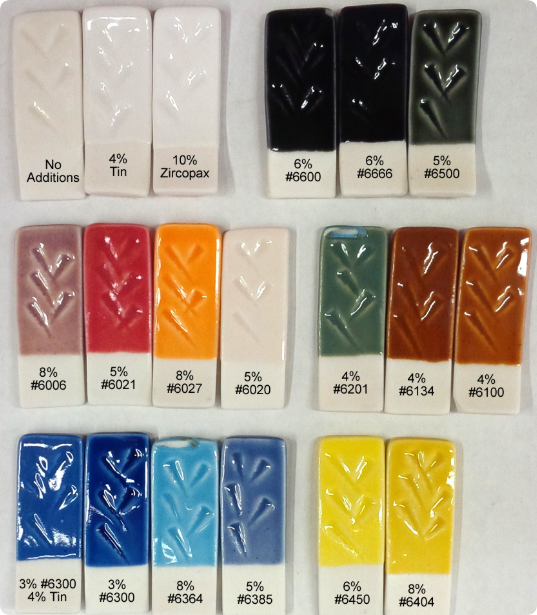
- Matte Glaze
Matte glazes provide a non-reflective finish, giving the ceramics a more subtle and understated appearance. While matte finishes can be beautiful and sophisticated, they tend to show stains and fingerprints more easily than glossy glazes, requiring more maintenance to keep them looking clean.
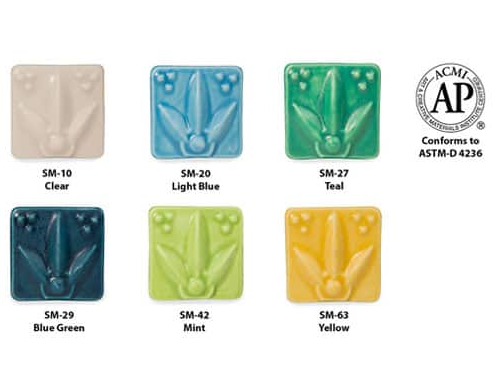
- Satin Glaze
A satin glaze falls between matte and glossy in terms of its sheen. It provides a soft, gentle shine that offers the benefits of both finishes—elegance and ease of maintenance—without the high-gloss sheen of a glossy glaze.
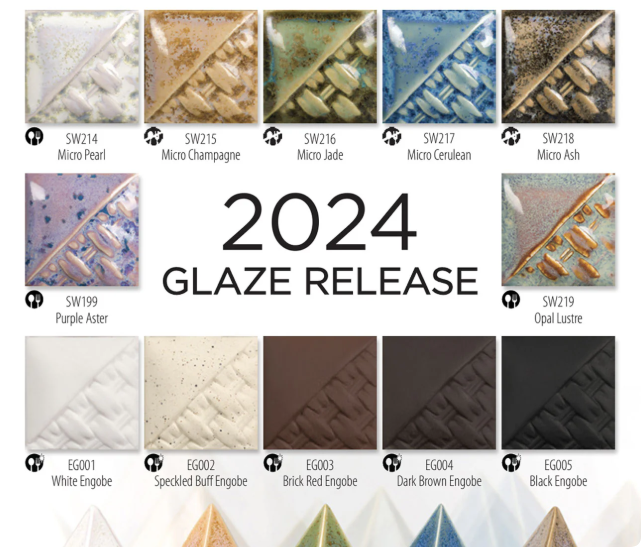
- Crackle Glaze
Crackle glazes have a distinctive crackled pattern on the surface of the ceramic. The cracks are intentionally created during the firing process, giving the glaze a unique and aged appearance. Crackle glazes are often used for decorative pieces or as a design feature, adding texture and visual interest to tableware.
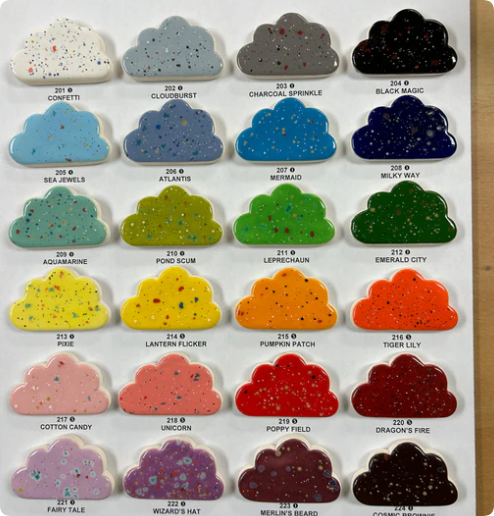
- Celadon Glaze
Celadon is a translucent glaze with a greenish-blue tint that originated in ancient China. It is prized for its subtle, calming hue and is often used in fine ceramics. Celadon glazes are ideal for creating an elegant and refined look, making them a popular choice for upscale dinnerware.
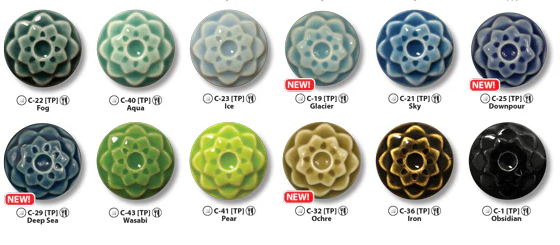
- Raku Glaze
Raku glazes are known for their unpredictable and unique effects. The glaze is applied to the ceramic, and the piece is then removed from the kiln while still hot, allowing the glaze to crackle and form an uneven texture. This creates a distinctive, artistic appearance that is highly sought after in decorative ceramics.
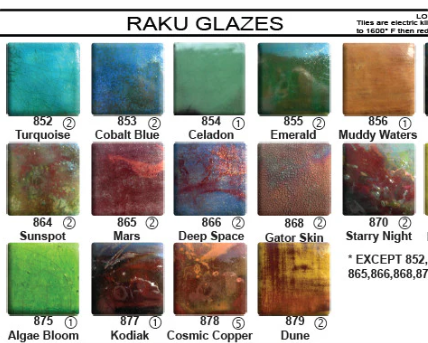
Comparative Overview of Different Glaze Types
To further explore the differences between the various glaze types and their impact on ceramic tableware, here is a comparison table outlining the key features of each glaze type:
| Glaze Type | Appearance | Durability | Ease of Cleaning | Ideal Use |
|---|---|---|---|---|
| Glossy Glaze | Shiny, reflective surface | High | Easy to clean | Everyday tableware, dinner plates, bowls, mugs |
| Matte Glaze | Non-reflective, soft finish | Moderate | Moderate to difficult | Casual dining, rustic or vintage designs |
| Satin Glaze | Soft shine, subtle finish | High | Easy to clean | Elegant dinnerware, fine dining, modern designs |
| Crackle Glaze | Cracked, aged appearance | Moderate | Moderate | Decorative pieces, antique-style tableware |
| Celadon Glaze | Translucent, greenish-blue | High | Easy to clean | Fine dining, upscale ceramics, traditional designs |
| Raku Glaze | Irregular, unique patterns | Low to moderate | Difficult to clean | Artistic pieces, decorative ceramics |
The Future of Glazed Ceramic Tableware
As technology continues to advance, ceramic manufacturers are constantly innovating new ways to apply and manipulate glazes. One exciting development is the use of eco-friendly glazes, which are made from sustainable materials and free from harmful chemicals. This shift is driven by growing consumer demand for environmentally conscious products, as well as regulations on the use of toxic substances in food-safe ceramics.
Additionally, the rise of smart technology has introduced new possibilities for ceramic tableware. For instance, some manufacturers are experimenting with self-cleaning glazes, which use nanotechnology to repel dirt and liquids. While still in the early stages, these innovations have the potential to revolutionize the way we think about ceramics in the future.
Conclusion: Why Choose EKA for Your Ceramic Tableware Needs?
EKA is a leading manufacturer of high-quality ceramic tableware based in China, offering a wide range of ceramic products suitable for global markets. With an emphasis on innovation, design, and functionality, EKA’s ceramic products are crafted with premium materials and advanced glazing techniques to ensure long-lasting durability and aesthetic appeal. Whether you are a home and kitchenware buyer, gift merchant, or cross-border e-commerce seller, EKA’s OEM and ODM services are tailored to meet your specific needs, providing you with the best solutions for your ceramic tableware requirements.
At EKA, we understand the importance of glazes in enhancing the beauty and practicality of ceramic products, and we are committed to delivering products that reflect the latest trends and technologies in the industry. Contact EKA today to explore our wide selection of ceramic tableware and discover how we can help bring your ideas to life.
By exploring the different types of glazed finishes, their advantages, and their role in the world of contemporary ceramic tableware, we have demonstrated how glazes can elevate both the aesthetic and functional aspects of ceramics. Whether you are looking for everyday tableware or unique, artistic pieces, understanding the different glazes can help you make informed decisions about your ceramic product choices.

